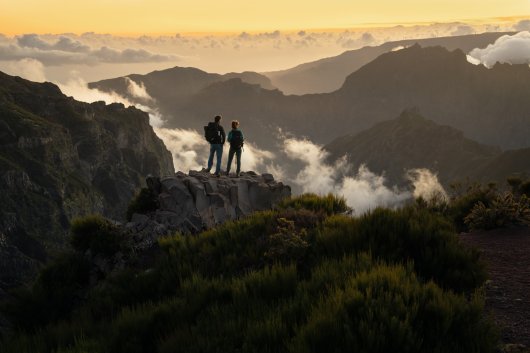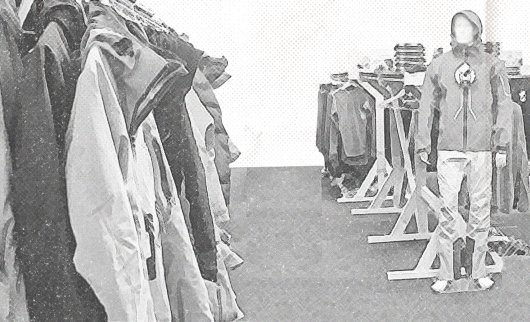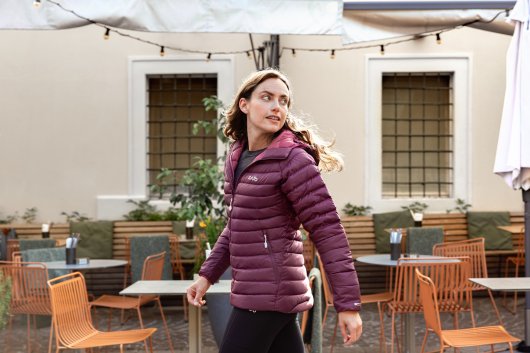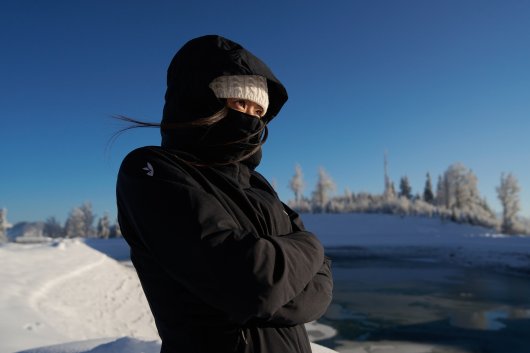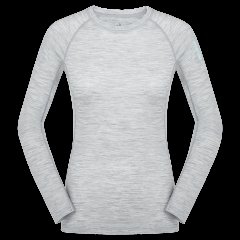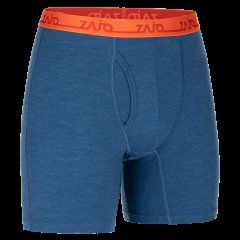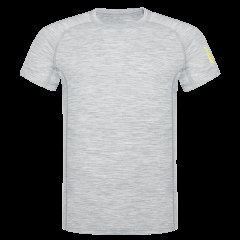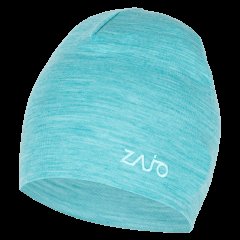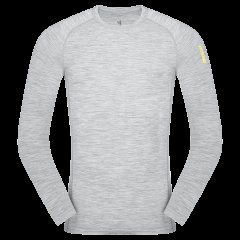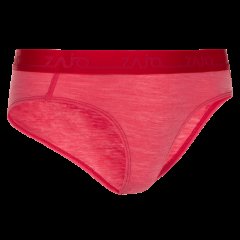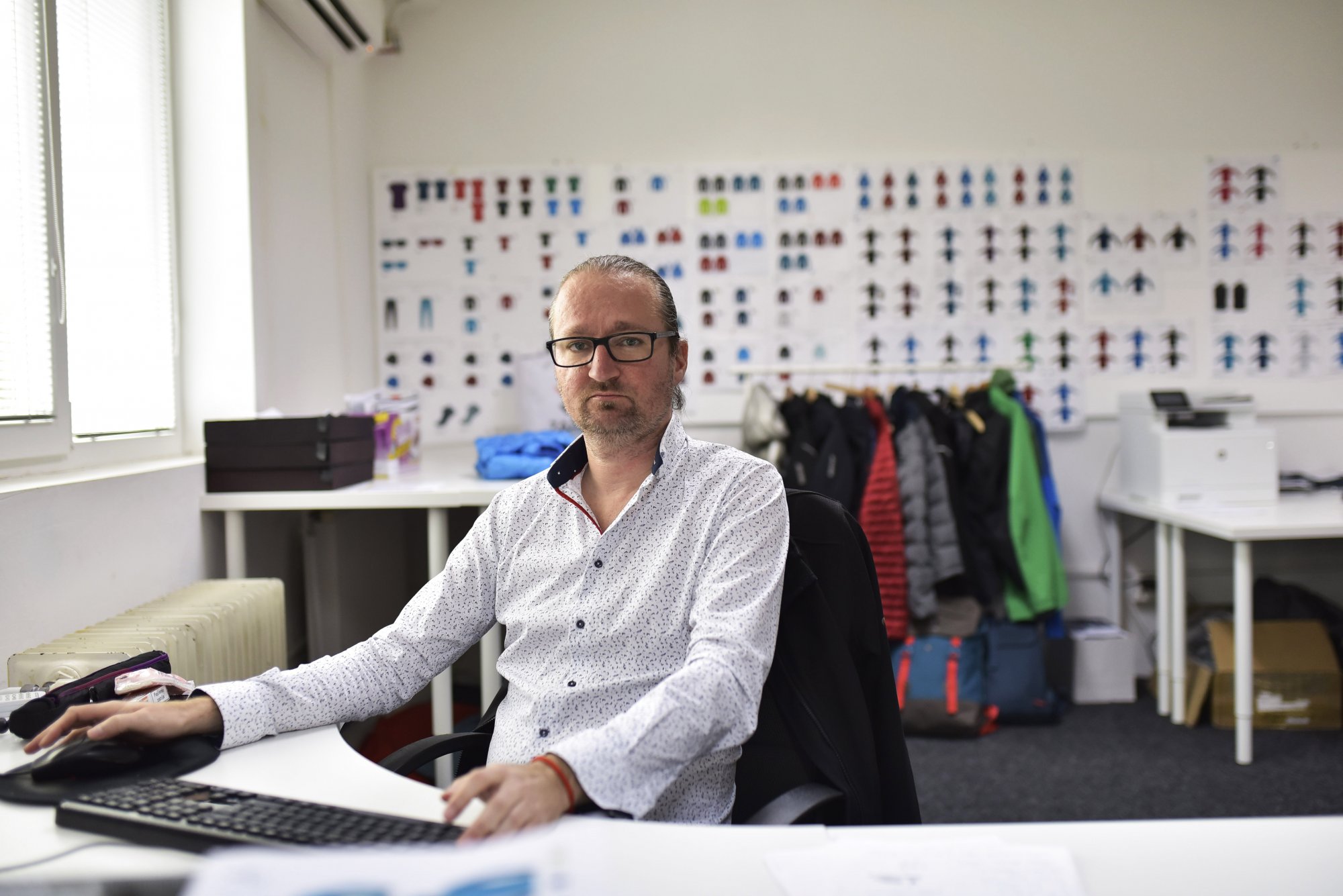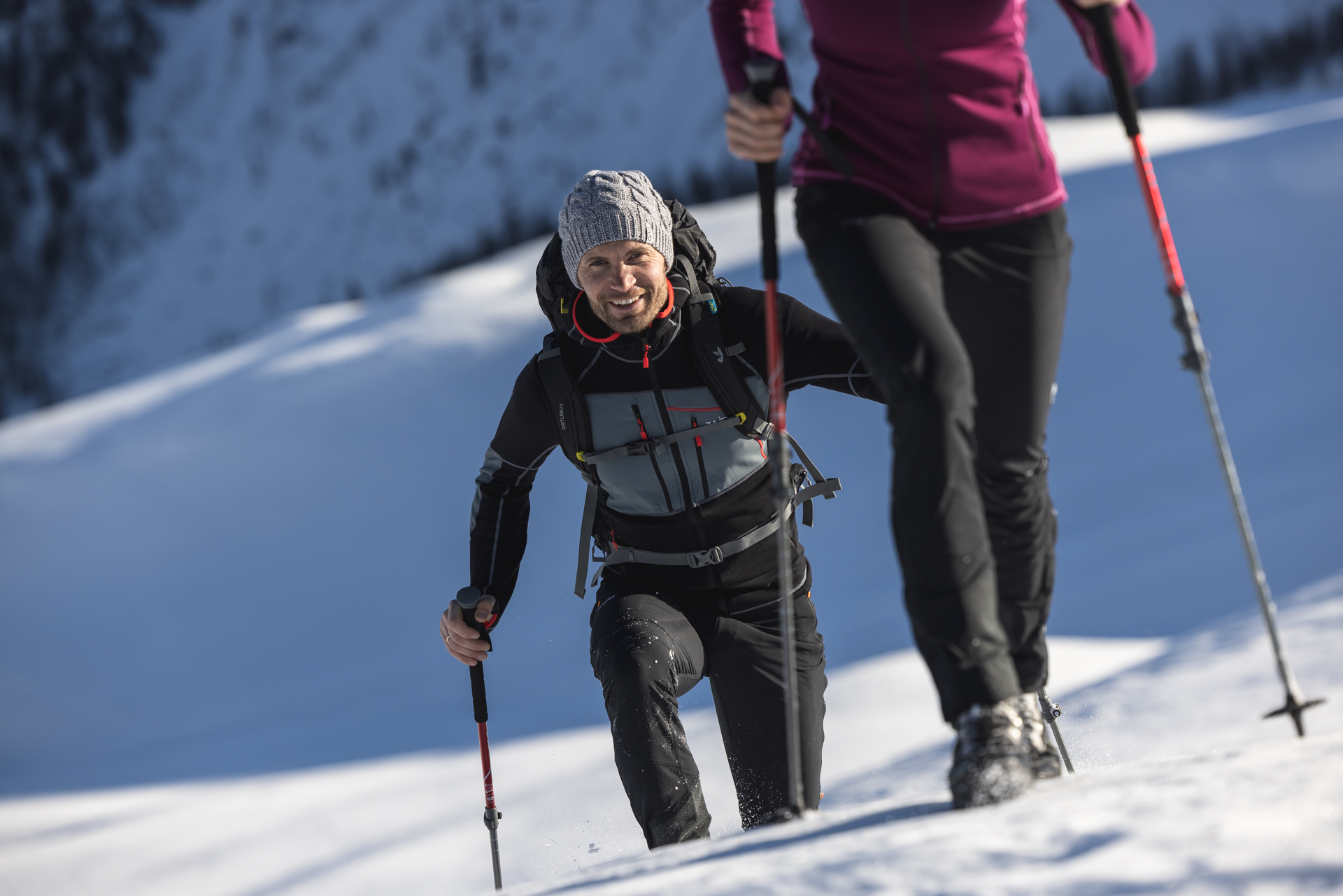From idea to store counters: Story behind every ZAJO jacket
"The whole process takes a year and a half. Under ideal circumstances," says our production manager Peter Juhás, who has been part of the ZAJO brand since 2004. So we would hardly be looking for someone more competent to share with us the story every single ZAJO jacket goes through.
Let's find out together.

Idea
Like all big things, the first step in the making of our jackets starts with an idea. However, these ideas are not just a whim of our heads; on the contrary, they come directly from you.
"We regularly have business meetings at the company, where we talk about feedback from our customers and come up with solutions to improve some products. In the last example, we changed our ladies down jacket Valbella - customers asked for an extended cut to half thighs.
We didn't feel like that, because in the case of parka jacket we are talking more about street fashion. This kind of cut would be very impractical for tourism, so we have at least partially extended the jacket to satisfy our customer's demands and keep its functionality," explains the whole process of enhancing our beloved down jacket, Peter.
Based on our philosophy, it is crucial for us not to create new products if we don't need to, but rather to improve existing ones. However, it's not always possible. So that's the moment the spectacular journey of creating a "new family member" begins.
Market research
Before creating a new product, we naturally need to know the state of the market and our competition. At this stage, we are looking for similar products. What materials they are made from, what kind of "gadgets" our future jacket should contain, and we are defining its purpose.
All this information, in detailed form, then goes into the hands of our designers.
Sketch
In this case, our designers will receive the assignment to design a new product, while still in the form of some concepts. In Peter's hands come two or three variants in the form of black and white sketches. "We all sit down together and choose which one we like most. Or we can agree on what could change," he says.

Based on this feedback comes the final version of the jacket design, along with the color scheme. "These colors are set for each season. No other color will appear there. Cuts are already clear, so we play with how the jacket looks colorful. Usually, we choose colors of 4 - 6, from which we get samples of substances that we fine-tune until we are fully satisfied with them," he explains.
Technical documents and prototypes
Every one millimeter of the jacket is then essential to document in detail so that the manufacturing people have a clear idea of what they need to produce, in what way and from what materials.
For the first time, the jacket sees the light of the world in the form of a prototype. "It looks funny sometimes, like a clown dress," Peter laughs, then explains, "It's made of the right materials, but whatever colors our material suppliers have (Polartec, Pertex, eVent, etc.)," and he points to hangers where there are several prototypes in the form of color explosions.
This prototype is tested on the model, and we are looking for possible deficiencies. The feedback goes to production, and the process is repeated. There will be several such samples throughout the preparation process, including those where technological solutions, cuts, and all dimensions are monitored.

The most crucial sample is, of course, the last, pre-production sample. "This sample is not yet in the colors of the final product, but it fits as it should. If it is made of materials that we have thoroughly verified (for example, eVent), we can start production. If we use materials that are new to our collection, this prototype leaves for field testing," he says.
Testing
Even the most beautiful product is useless if it does not fulfill its function in the field. You should not be surprised that the functionality of our products is crucial for us.
"Every product is therefore thoroughly tested, sent to climbers, but also friends, sometimes tested by our owner Juraj Kralik. Every jacket goes through a tough time so we can find out any shortcomings that we can fix. For our climbers who go to the Himalayas, it can take half a year. After the comments have been added, the second testing takes place. Though it is much faster than the first one, as we focus mainly on the areas that were problematic during the first testing," explains Peter.

When the product is genuinely tuned in all respects, the production itself starts.
Production and quality control
It is important to us that every single piece that gets in your hands is in top condition in every aspect.
"We do our first quality control when we are accepting fabrics and haberdashery in our production warehouse. Every centimeter of substances is checked against the light wall, tested for water resistance, breathability, strength, abrasion resistance, elasticity, etc. If everything is as it should be, production starts.
Jacket production is divided into individual operations, which are in charge of different production lines. At the end of each production line, there is an inspector who compares the manufactured parts with the approved template and discards the pieces that do not match. If the jacket is about 50% complete, each piece is rechecked, and non-compliant pieces are discarded.
One week before the end of production, we are sending an independent quality controller from an external international company SGS, who randomly selects 10% of the products and checks them to the smallest detail," he says.
Subsequently, the individual products, in a state precisely according to our requirements and standards, will be distributed to our stores and made available on our website.
What must a good designer have?
As you can see, making one jacket is a science made up of tens, perhaps hundreds of tiny steps and required real expertise.

So when we talked to Peter, who is responsible for our designers, we had to ask who is, in his eyes, the right person for the design of outdoor products.
"One has to have predispositions, but also education," he says.
"One thing is to draw something. The other thing is whether it can be worn. We are talking about outdoor, where every detail has its meaning, and that one has to understand. Surely he must have experience with outdoor, which is a particular offshoot of fashion if we can call it that. Plus, it's important to understand how these functional materials work."
At the same time, Peter shared with us one piece of advice for future promising designers. "It is not enough to follow trends. If one is following them, he's at least a year beyond. What one sees in stores today was designed a year or two ago," he added.

